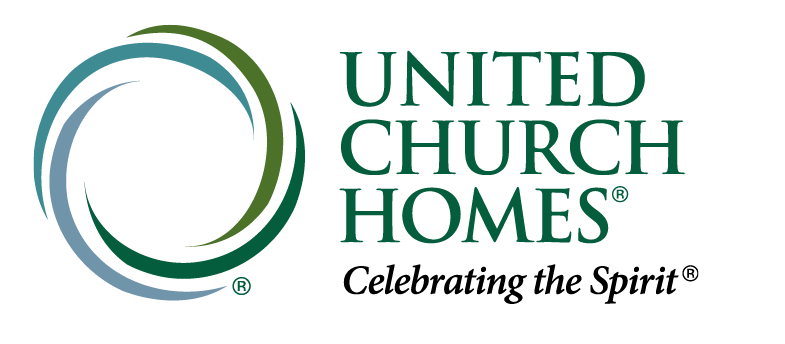Highlights from this week’s conversation include:
- Jennifer’s background and work as a NaviGuide (1:02)
- Types of food insecurity programs available (7:07)
- Congregate meal programs (7:53)
- Meal delivery programs (16:55)
- Waiver programs through health insurance (20:59)
- Utilizing local food banks and other national and community programs (30:55)
- Advice for those wanting to get involved in supporting food programs (40:21)
Abundant Aging is a podcast series presented by United Church Homes. These shows offer ideas, information, and inspiration on how to improve our lives as we grow older. To learn more and to subscribe to the show, visit abundantagingpodcast.com.

